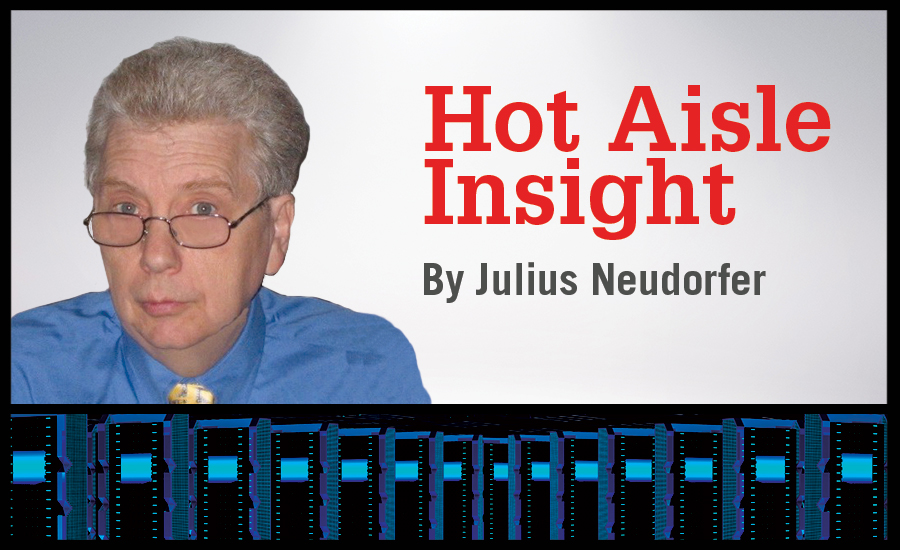The DCIM product set, which consists of a combination of energy monitoring hardware and asset management software was originally put forth by small start-ups in response to the unfilled need to sync together IT space, power and cooling requirements with data center infrastructure management, into a single integrated system. In some cases DCIM can trace it’s beginning as a simple energy monitoring console that allowed data center operators to view and monitor their PUE.
The DCIM market has evolved rapidly and is now trying to become an all-in-one dashboard to manage data center resources and also become the defacto IT asset management and operations tool. In fact the Gartner Group has predicted it will have grown from only a 1% market penetration in 2010 to 60% by 2014. The major data center equipment manufacturers stood up and took notice and began focusing on the new category. In the last 2 years they either developed or re-designed their own platforms or in some cases just acquired the leading start-ups and merged them into their offerings.
Last week in Chicago Schneider Electric introduced StruxureWare Operations 7.0 for Data Centers as a module within their EcoStucture management system. It has the look and feel of a 2nd generation DCIM product. StruxureWare for Data Centers evolved from APC’s InfraStruxure for data centers product line. One of the more interesting, and for the moment, unique features of the new StruxureWare is the “instant” 3D Computational Fluid Dynamics (CFD) airflow view of any data center design.
Of course, most data center managers would be happy to see all the information on their computer monitor, but in the age of mobile enablement of almost everything, StruxureWare Operations 7.0goes one step further, by offering highly graphic smartphone and tablet connectivity, for those types who crave instant access to information anytime and everywhere, and always seem to ask; “Is there an ap for that?”
More importantly, StruxureWare can also be integrated with VMware to help manage and allocate power and cooling resources to match computing loads, an important feature as IT loads become more dynamic as virtualization encompasses the data center and power and cooling loads shift around the whitespace, or in some cases, around the globe.
What DCIM does and where it begins and ends is a little nebulous. In fact one of the most frequently asked questions by potential users (besides how much does it cost) is “Exactly what is DCIM?”. Each vendor has a somewhat different perspective and offers different features and analytical management capabilities, but some products offer stronger features in different areas, depending on the direction and background of the vendor.
Some vendors focus on more traditional facilities oriented Building Management Systems “BMS” based packages which typically utilizes Modbus and BACnet to communicate with chillers and large scale power systems, while other vendors feature IT asset management and network control software packages that operate in the world of TCPIP and SNMP. The newest DCIM packages claim to be fluent in both realms and can hopefully integrate the collected data and produce meaningful and actionable information for both camps.
The Bottom Line
In short, the DCIM market is growing fast and the product itself is still growing up. Schneider Electric has raised the bar a notch with their latest version of StruxureWare, but it will not be long before other major infrastructure manufacturers, such as Eaton and Emerson, as well as IT oriented vendors which will soon offer a host of next generation products with their own advanced features for the nascent DCIM market.
So while the DCIM vendors all promise to be all things to all customers, like the proverbial swiss army knife with 56 blades (ever try to drive a nail with a swiss army knife?), look for the major functions that you actually need, not all the bells and whistles that just look pretty.


Recent Comments
Enterprise Patch Management Policy
Hi Mr. Douglas, I really enjoyed this post....
IT management Support and Services
Modular construction discussion is very important for professional...
Good summary with a couple of questions: At...